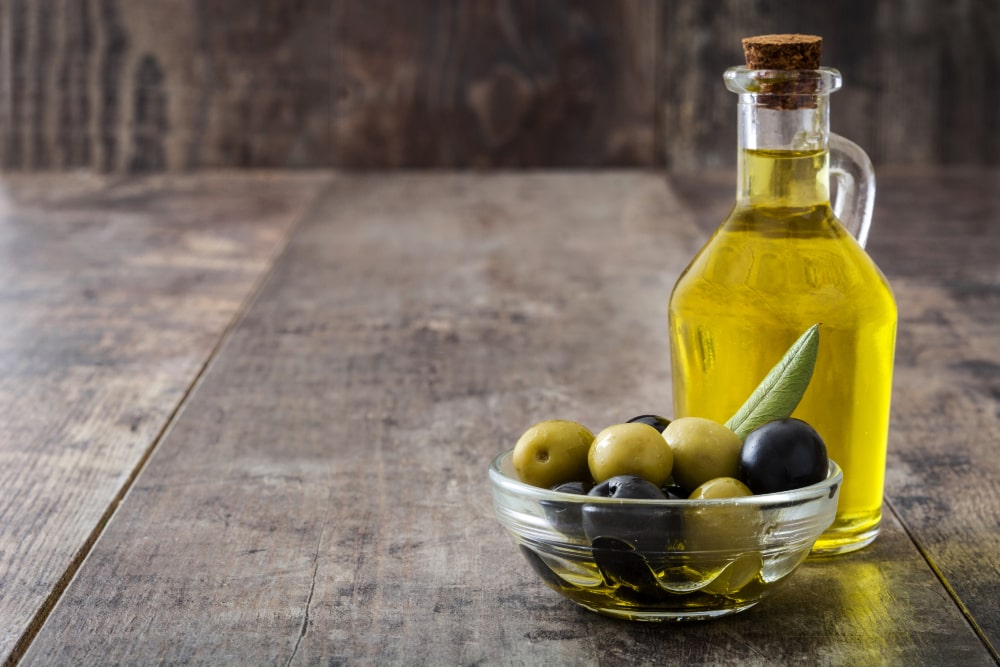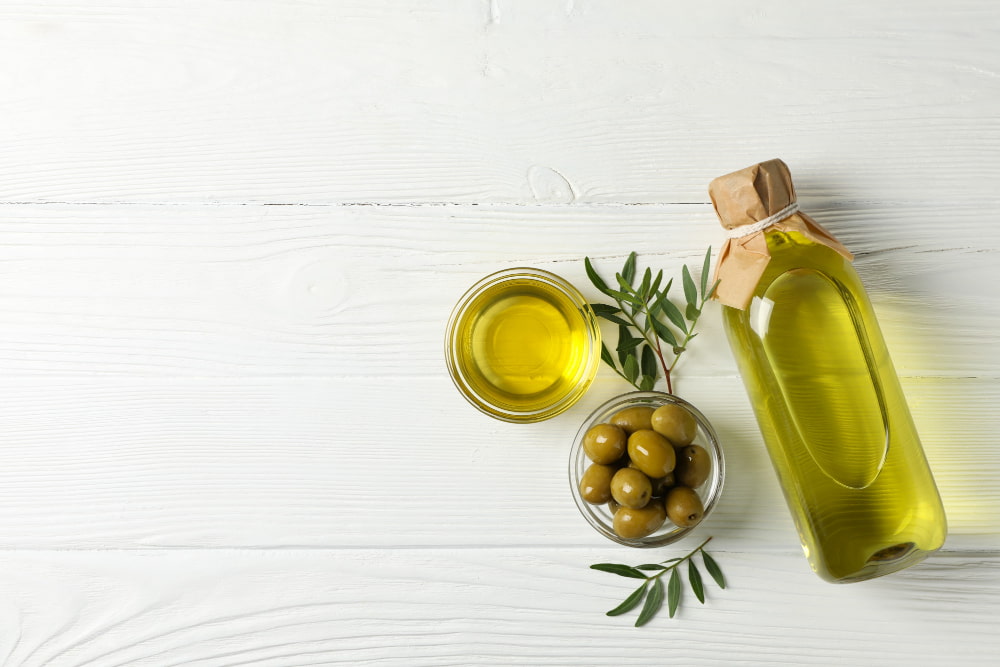Blog
Olive Oil: Benefits and How to Use It in the Kitchen

Olive oil has been a cornerstone of the Mediterranean diet for centuries. Beyond its delicate flavor and versatility in the kitchen, this liquid gold is renowned for its numerous health benefits. Here at KuokoKitchen, we’ll show you more about its properties, nutritional advantages, and practical ways to incorporate it into your everyday recipes.
A Health Ally
Extra virgin olive oil, in particular, is rich in monounsaturated fatty acids, especially oleic acid, and natural antioxidants such as polyphenols and vitamin E. These compounds help combat oxidative stress, protecting cells from premature aging and chronic diseases.
Scientific studies have linked regular consumption of olive oil to a lower risk of cardiovascular diseases. It has been shown to help reduce LDL cholesterol levels (the “bad” kind) and increase HDL cholesterol (the “good” kind), thus improving heart health. In addition, its anti-inflammatory effect may benefit people with arthritis, type 2 diabetes, and other inflammatory conditions.
Its role in the prevention of cognitive decline has also been studied. Some research suggests that a diet rich in olive oil may be associated with a lower risk of neurodegenerative diseases, such as Alzheimer’s.
Types of Olive Oil
Not all olive oils are the same. The most recommended for its nutritional benefits and flavor is extra virgin olive oil (EVOO). It is obtained through mechanical processes with no chemical intervention, which preserves its properties to the fullest.
Virgin olive oil is also a good option, although it is slightly lower in quality. Finally, refined olive oil is commonly used for industrial purposes or frying due to its more neutral flavor and lower cost, although it also provides fewer nutritional benefits.
How to Use Olive Oil in the Kitchen
One of olive oil’s greatest advantages is its versatility. It can be used both raw and for cooking, adding a unique flavor to many dishes.
Raw Use
When consumed raw, its benefits are maximized. You can use it to dress salads, season cooked vegetables, or enhance the flavor of toasted bread. A drizzle of EVOO on a tomato toast or over a green salad is a simple and delicious way to incorporate it into your diet.
Cooking
Contrary to popular belief, olive oil is suitable for cooking, even for frying. Its smoke point (the temperature at which it starts to break down) is high enough—especially in the case of extra virgin olive oil—making it a safe option for sautéing, roasting, or stewing.
However, it’s advisable not to reuse it too many times or overheat it excessively. For very high-temperature cooking over long periods, such as deep frying, you can opt for a more affordable oil, like virgin or refined olive oil, as long as it’s of good quality.

In Baking
Although not very common, olive oil can replace butter or other fats in some desserts. Its use in cakes, muffins, or cookies adds a moister texture and a healthier fat profile. It’s important to choose a mild oil so that it doesn’t overpower the sweetness of the dish.
Storage Tips
To preserve all its properties, olive oil must be stored properly. Keep it in a cool, dry place, away from direct light. Ideally, use dark glass or stainless steel containers, as plastic can alter its characteristics over time.
It’s also a good idea to consume it within a reasonable time after opening. Although it doesn’t spoil easily, it can lose aroma, flavor, and some of its antioxidants over time.
Olive oil is not only an essential ingredient in Mediterranean cuisine, but also a true nutritional treasure. Including it in your daily routine is a simple decision that can make a big difference to your overall well-being. So next time you face a recipe, think of olive oil not just as a cooking fat, but as a star ingredient full of benefits.


